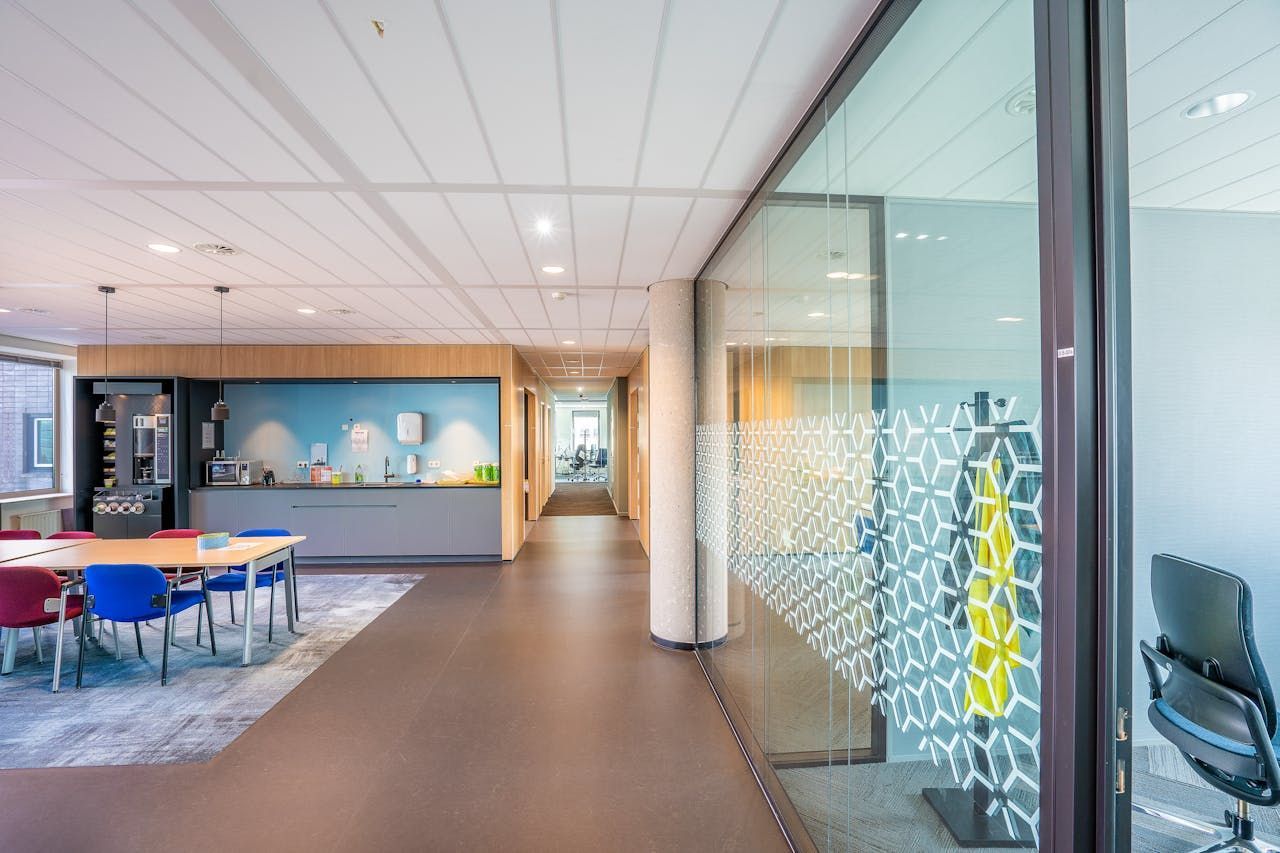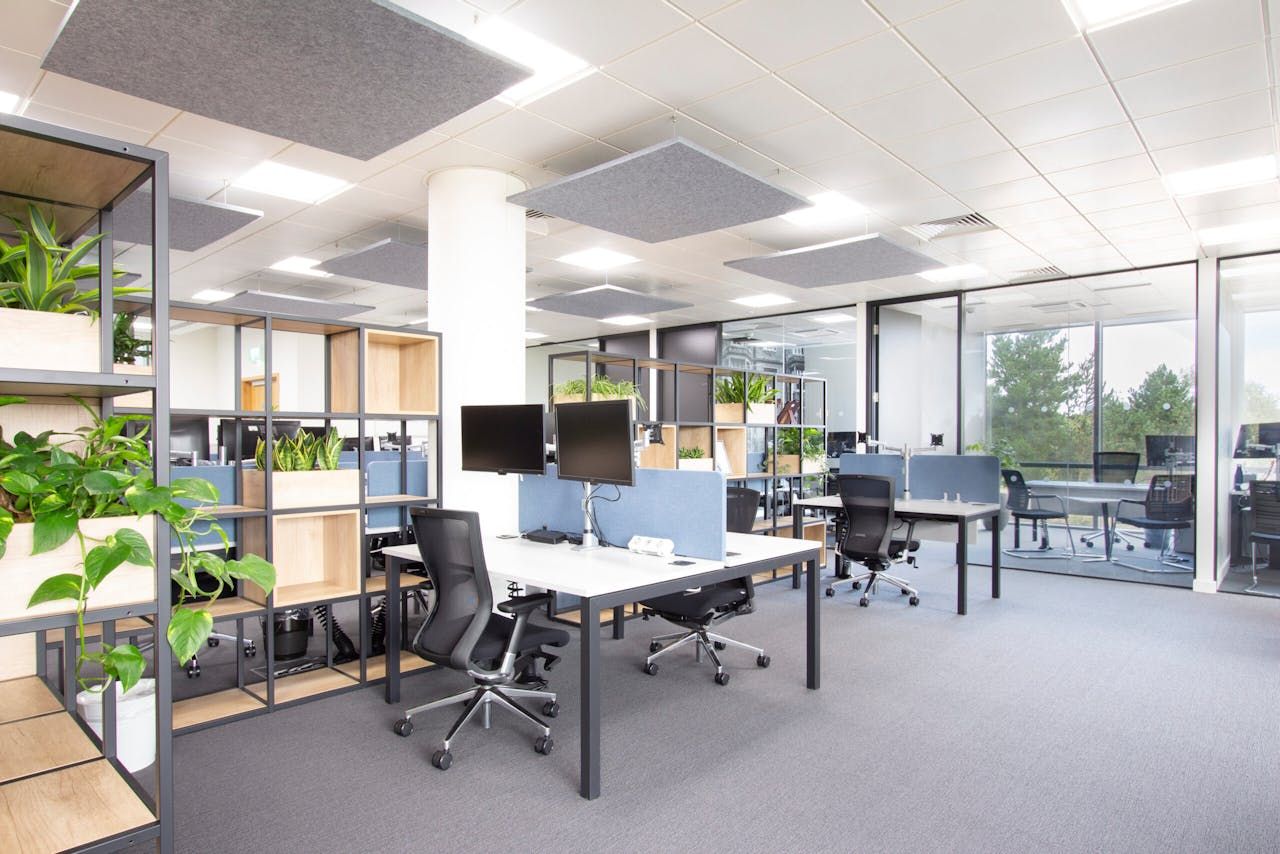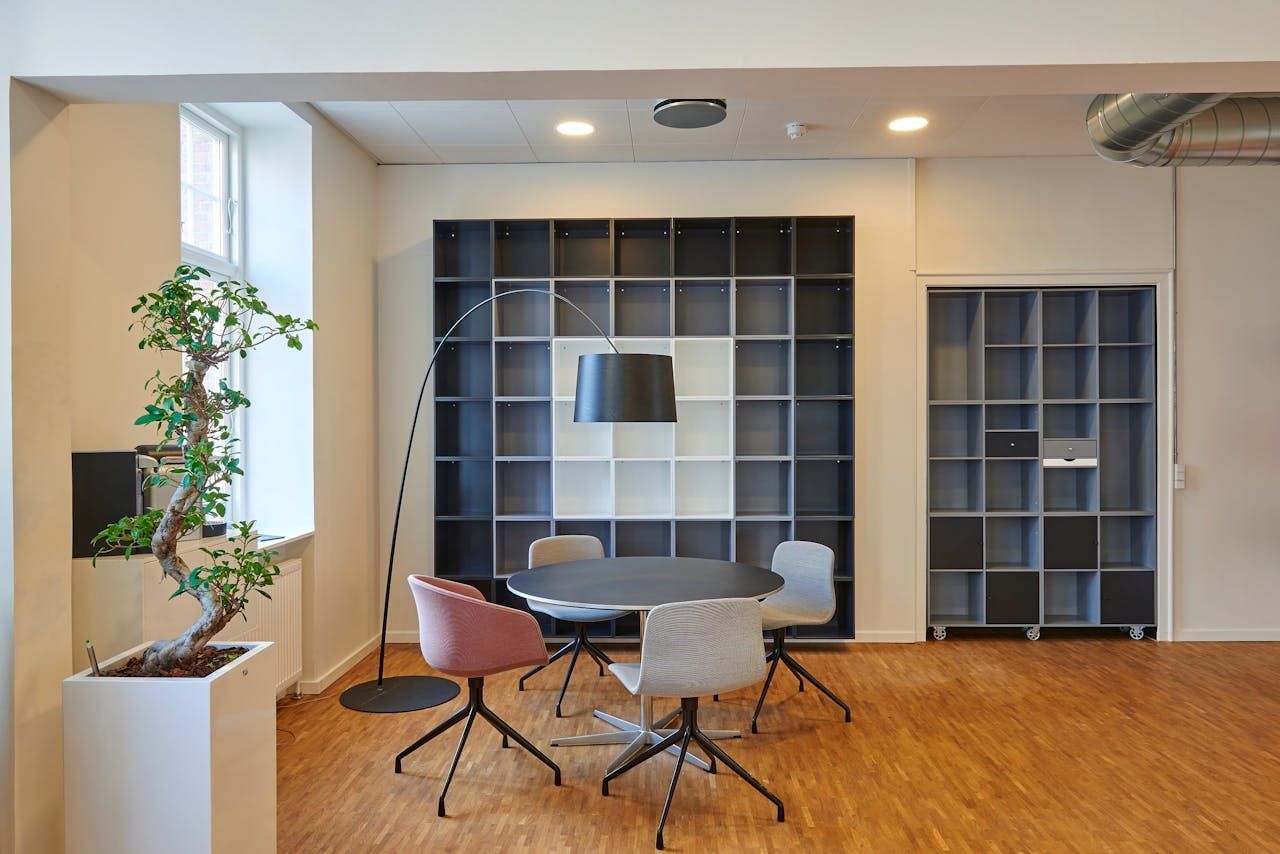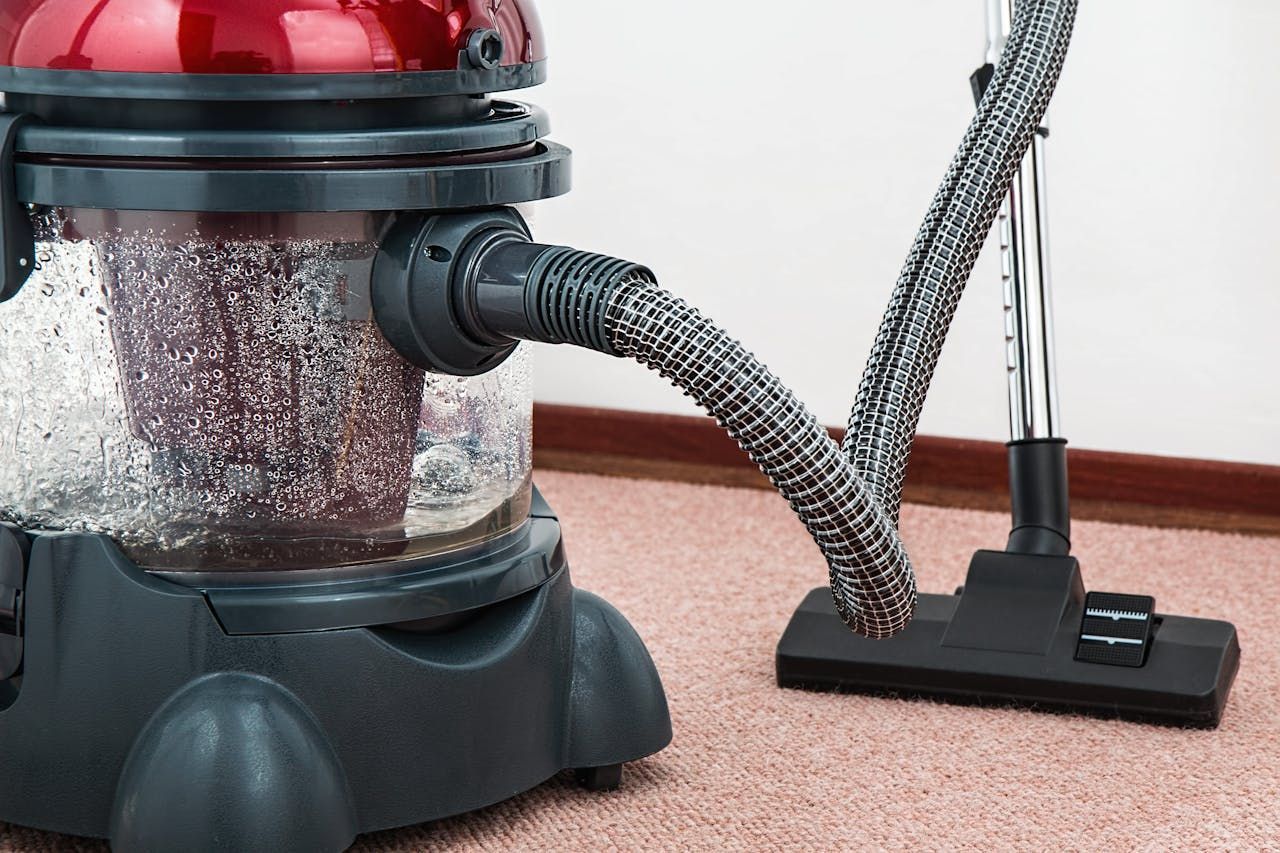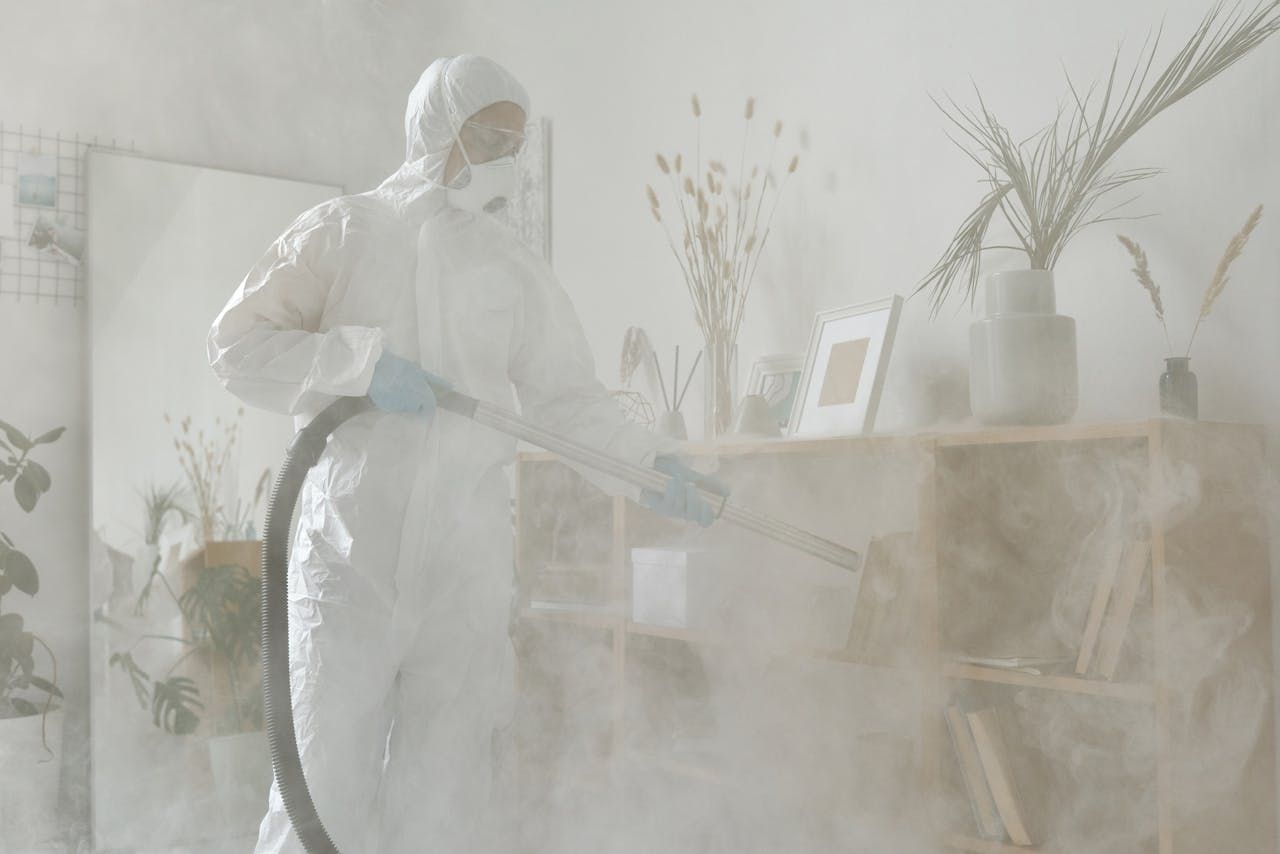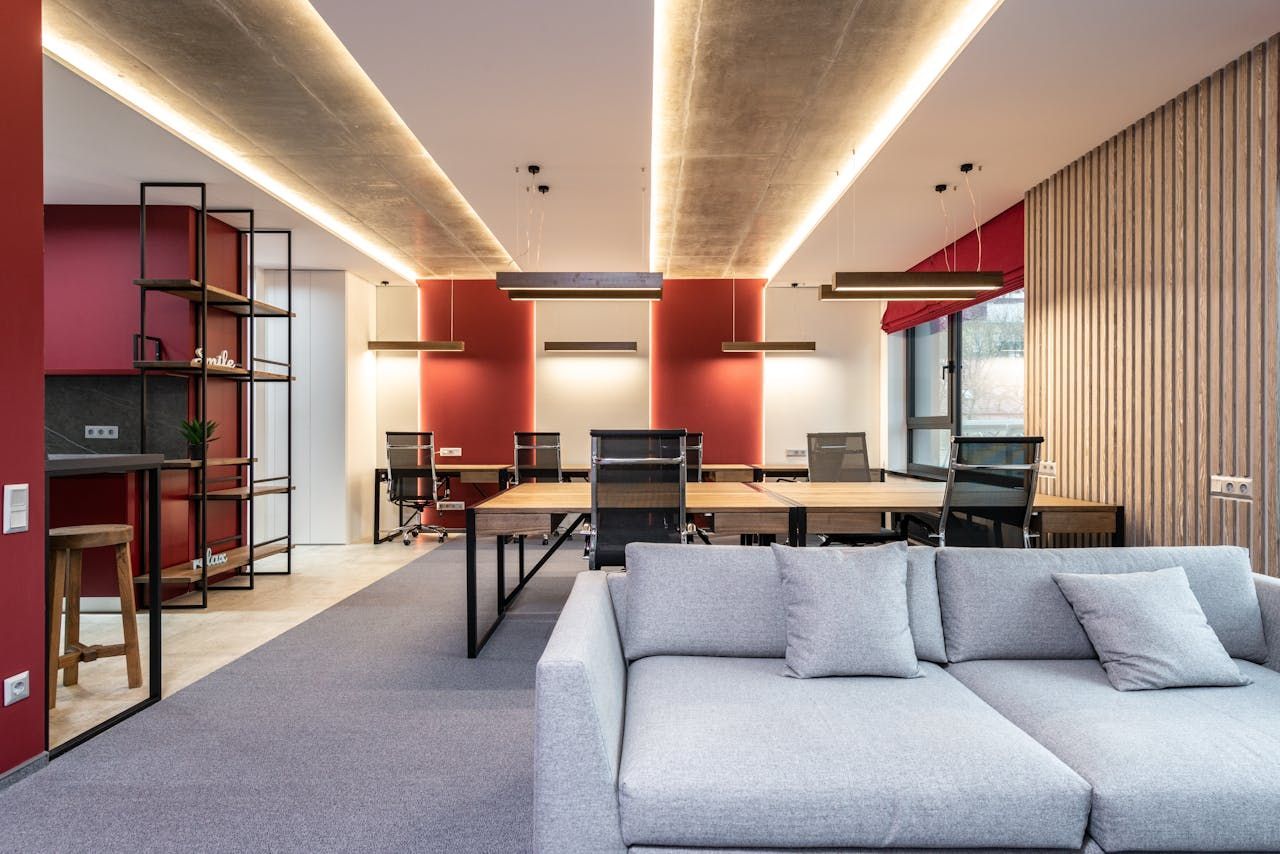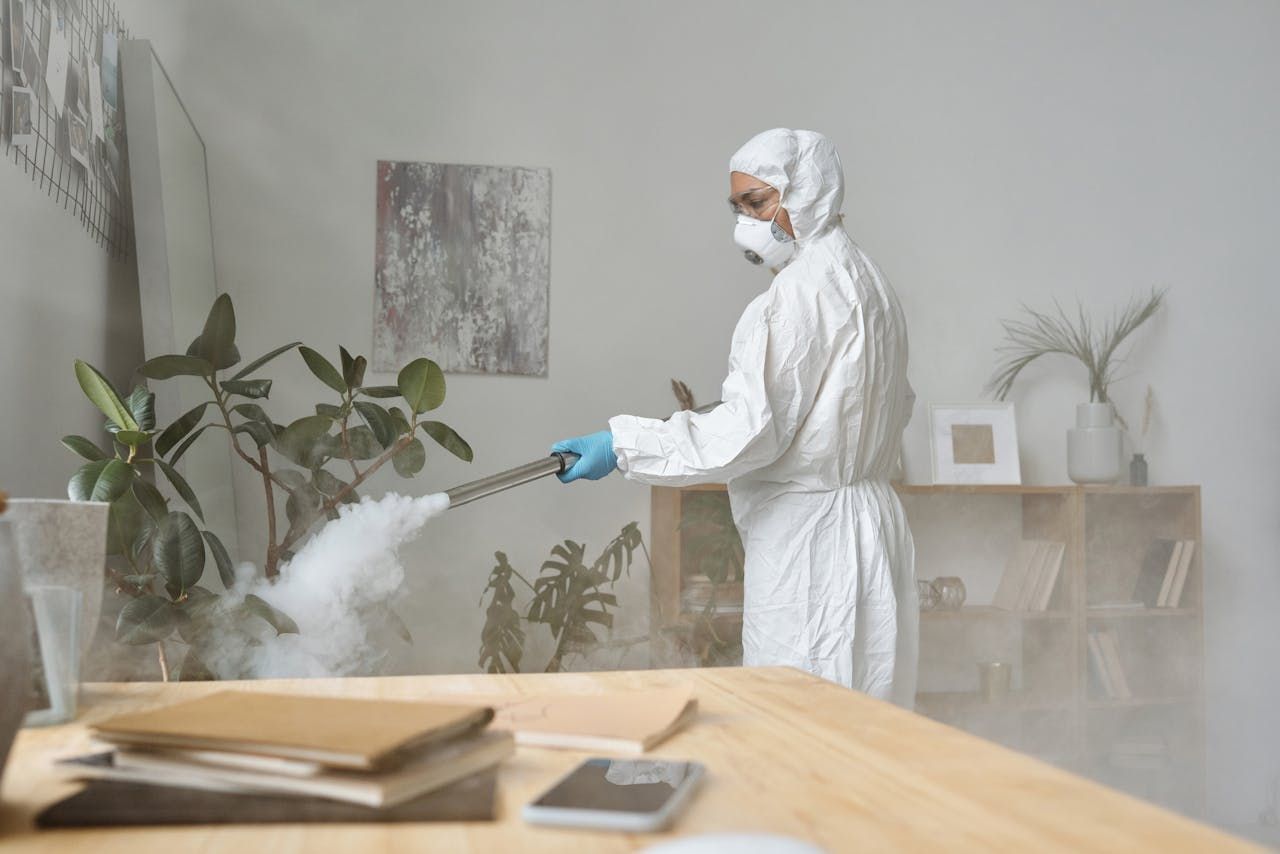Behind the Walls: The Hidden Pest Problems You Can't See (But Should Worry About)
Your office might look great at first glance, but what about behind the walls? Clean toilets and freshly hoovered carpets don’t automatically mean a pest-free building.
Offices and commercial buildings offer a home, warmth and food to all kinds of pests, from creepy crawlies to small furries. Some of these critters are in plain sight, but others can lurk unseen, making them harder to deal with.
Unfortunately, it’s the undetected pests that can cause the biggest problems for your business.
We’re here to help you identify the most common hidden pests and let you know the solutions to get rid of them - for good.
Common Hidden Pests
While you might sit in your office feeling confident that you don’t have a pest problem, a family of mice might be chewing through your internal server wires, wasps could be building a nest by the customer entrance, and birds could be leaving a mountain of droppings so heavy parts of your roof may become structurally damaged!
Hidden pests are always the ones that take commercial buildings by surprise, and lead to consequences that range from disgusting to inconvenient to life-threatening.
Here are just some of the most common pests that you don’t usually know about until it’s too late…
Rodents
Rodents are often the first pests that come to mind. Most of us have spotted a rat scurrying in a carpark, underground, or in commercial bins. Outside. Where we would rather they’d be.
However, mice and rats often nest in wall cavities, attics and storage cupboards, gnawing on wiring, insulation and structural components.
Common signs to look for are droppings, chewed wires, packages in food cupboards, grease marks, urine stains, nesting materials and scurrying sounds.
The risks associated with rodents are disease, issues with equipment (electrical fires, equipment malfunctions, contamination) becoming overrun - a female mouse can have up to 140 offspring in her lifetime!
How to get rid of rodents: the most effective methods for getting rid of rodents include trapping, baiting, exclusion (which means blocking their entry points) and sanitation to remove anything that could attract them..
Insects
Beetles and bugs may be tiny, but don’t let their size fool you - they can do serious damage, like causing structural issues and triggering allergies.
The most common bugs and insects we deal with are:
- Furniture Beetles
- House Longhorn Beetles
- Silver Fish
- Bedbugs
- Carpet Moths
- Wasps
- Bees
- Ants
Common signs of an insect infestation include sawdust, holes, bite marks and bad smells.
The risks of a bug problem are structural damage, health risks (bites, stings, allergies) and contamination of food.
How to get rid of insects: We would generally use insecticides, traps, blocking possible points of entry and of course professional pest control for the long term.
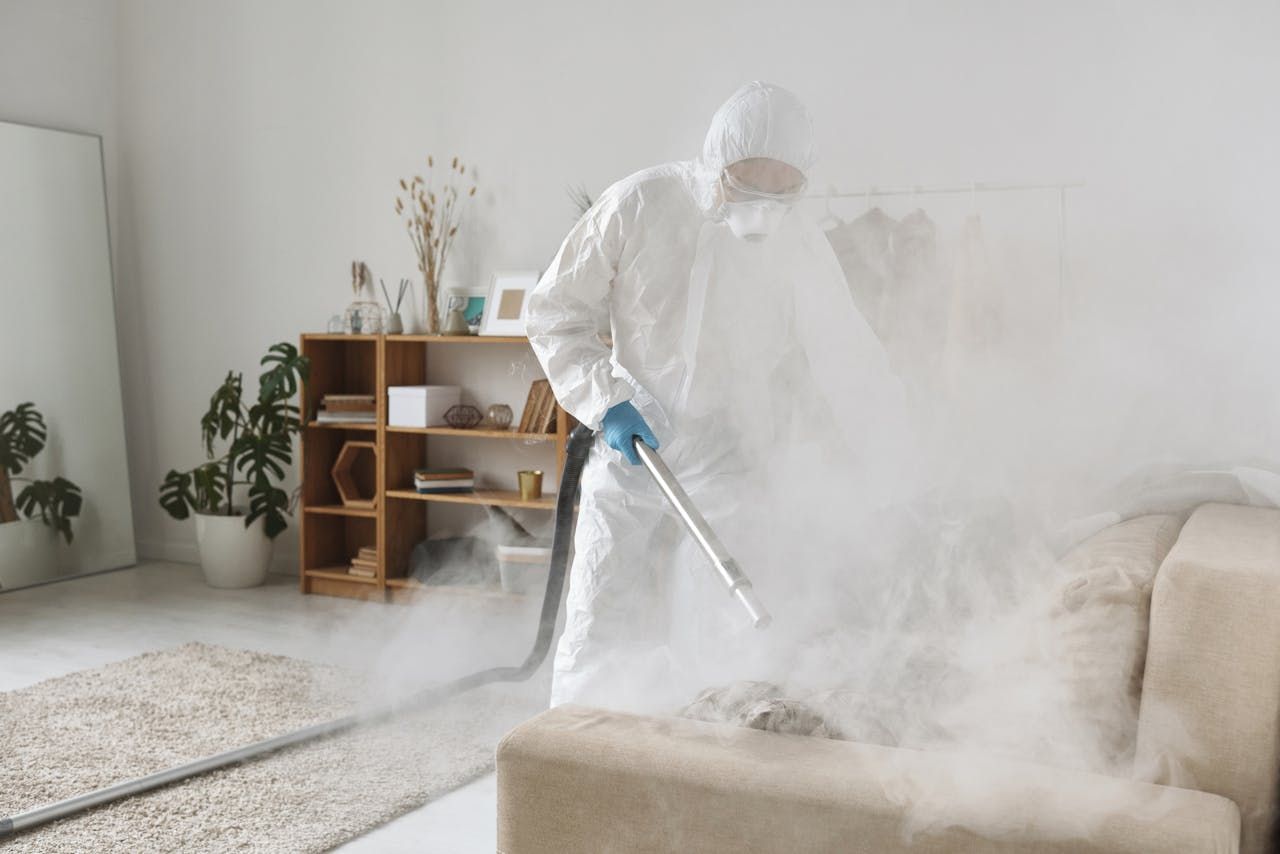
Birds
Birds can nest in attics, chimneys and other hidden areas and pose a specific threat during times of bird flu outbreak. Pigeons, in particular, will return to the same spot for life, so you could have a 30-year problem on your hands as generations of pigeons nest in your building, leaving droppings, feathers and dirt behind.
The risks from birds include disease, constant mess from droppings that can damage property and structures and blocked drains.
How to get rid of bird droppings:
The first port of call will usually include bird proofing the most likely areas for nesting, such as protruding parts of roof or wall structures. Other tactics include nest removal and more personalised pest strategies.
The Importance of Proactive Pest Control
Prevention is the best line of defence regarding pests in your building. If they can’t get in or survive in your office or commercial property, then they can’t thrive, multiply and do damage.
So what can you do to keep pests at bay and ensure a pesky problem doesn’t become a bigger issue?
Regular inspections are a simple place to start. This can help you to identify potential pest activity. A pest control professional will know what to look for and will know which pests you’re dealing with, depending on what they find.
Sealing entry points is another helpful way to prevent pests from getting inside in the first place. Whether it’s bugs, birds or rodents, they’re making their way in somehow, and covering, filling or blocking those entry points can stem the problem at its source.
Maintaining a clean and clutter-free environment is one of the best things you and your team can do to reduce attractants. This can mean no food waste or rubbish left out or unsealed, which could attract mice, rats, ants and flies.
Professional Pest Control
Rather than take on the critters yourself, it’s usually best to get in the pros. Especially if you want a lasting solution.
But what should you look for in a pest control company?
Expertise - A pest control professional will have specialist knowledge of pest eradication methods and tools. Without this expertise, you could pay a premium and never see results.
Experience - Your pest control professional should have a background of experience in dealing with the kinds of hidden pests you want to prevent and remove and will know how to deal with them in the commercial setting specific to you.
Safe Solutions - Without professional expertise, some pest control methods could pose safety risks, such as mouse traps left exposed. Protect against future problems with pest solutions that are safe and effective.
How Would You Know If You Had Hidden Pests?
Pests are a common issue for businesses, and they can go undetected for some time. Once discovered, fast, effective pest control can mean you reduce health risks, property damage and damage to your profile.
For professional pest control services and the peace of mind that pests aren’t running rampant in your walls,
get in touch with the LNC team
for expert guidance today.
